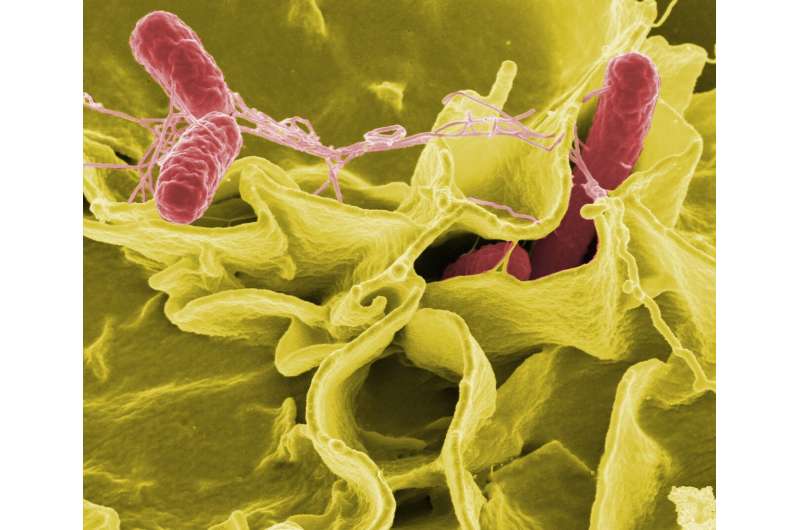Rise in Salmonella Infections in England: How to Protect Yourself

Salmonella cases in England have hit a ten-year peak, prompting health experts to advise proper food hygiene practices to stay safe. Learn how to protect yourself against infection.
Salmonella infections in England have reached their highest levels in over a decade, according to recent data from the UK Health Security Agency (UKHSA). In 2024, there was a 17% increase in confirmed cases, totaling 10,388 infections. Children and older adults represent about 20% of these cases. Although Salmonella is a common cause of foodborne illness worldwide, this recent spike highlights the need for increased awareness and preventive measures.
While historically, the prevalence of Salmonella infections has decreased over the past 25 years, certain factors such as changes in food supply chains and consumer behaviors—possibly influenced by the cost of living crisis—may be contributing to the current rise. Enhanced diagnostic testing and surveillance mean we're detecting more cases, which is a positive step toward controlling outbreaks.
Salmonella bacteria are usually transmitted through contaminated food, particularly raw or undercooked items like meat, eggs, unpasteurized milk, and certain vegetables. These bacteria are zoonotic, meaning they originate from animals, and can enter the human food chain despite strict industry controls. Contamination can occur at various stages—from farm to fork—including through contaminated irrigation water or cross-contamination in the kitchen.
The UKHSA reports that two serotypes, Salmonella enteritidis and Salmonella Typhimurium, account for most infections. Notably, S. enteritidis, often linked to eggs, appears to be responsible for a larger share of recent cases, despite vaccination and control measures implemented since the 1980s.
To minimize the risk of infection, experts recommend following the '4 Cs' of food hygiene:
- Cleaning: Wash hands thoroughly before and after handling raw foods, and keep kitchen surfaces and utensils clean.
- Cooking: Cook foods to an internal temperature above 65°C for at least ten minutes. Reheat leftovers to at least 70°C for two minutes.
- Chilling: Store raw meat and dairy below 5°C to inhibit bacterial growth. Cool leftovers quickly and keep refrigerated.
- Cross-contamination Prevention: Use separate chopping boards for raw and cooked foods, and wash hands after handling raw meat.
Most Salmonella infections are mild and self-resolving, but serious cases can lead to bloodstream infections. Adhering to proper food handling and cooking practices is key to reducing personal risk. Continued surveillance and research into specific strains will be vital to prevent future outbreaks.
Source: https://medicalxpress.com/news/2025-07-salmonella-cases-ten-year-high.html
Stay Updated with Mia's Feed
Get the latest health & wellness insights delivered straight to your inbox.
Related Articles
Rise in No/Low Alcohol Beverage Market Driven by Heavy Drinkers
The UK's no/low alcohol drink market is booming, especially among heavy drinkers, raising questions about public health impacts and affordability. Learn more about recent research insights.
Malnutrition and Its Connection to a Unique Form of Diabetes Affecting Millions Worldwide
Malnutrition can cause a unique form of diabetes, commonly affecting underweight individuals in developing countries. Recognized as 'type 5 diabetes,' it highlights the need for improved nutritional programs worldwide to prevent and manage this condition.



